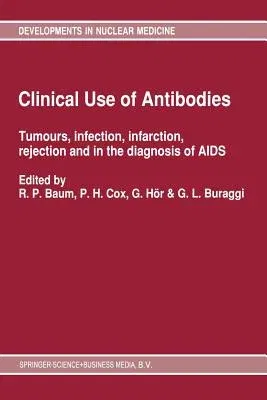Clinical Use of Antibodies: Tumours, Infection, Infarction, Rejection and in the Diagnosis of AIDS (Softcover Reprint of the Original 1st 1991)Paperback - Softcover Reprint of the Original 1st 1991, 5 November 2012

Qty
1
Turbo
Ships in 2 - 3 days
In Stock
Free Delivery
Cash on Delivery
15 Days
Free Returns
Secure Checkout
Part of Series
Developments in Nuclear Medicine
Print Length
185 pages
Language
English
Publisher
Springer
Date Published
5 Nov 2012
ISBN-10
9401055556
ISBN-13
9789401055550
Description
Product Details
Book Edition:
Softcover Reprint of the Original 1st 1991
Book Format:
Paperback
Country of Origin:
NL
Date Published:
5 November 2012
Dimensions:
23.39 x
15.6 x
1.09 cm
ISBN-10:
9401055556
ISBN-13:
9789401055550
Language:
English
Location:
Dordrecht
Pages:
185
Publisher:
Weight:
290.3 gm

